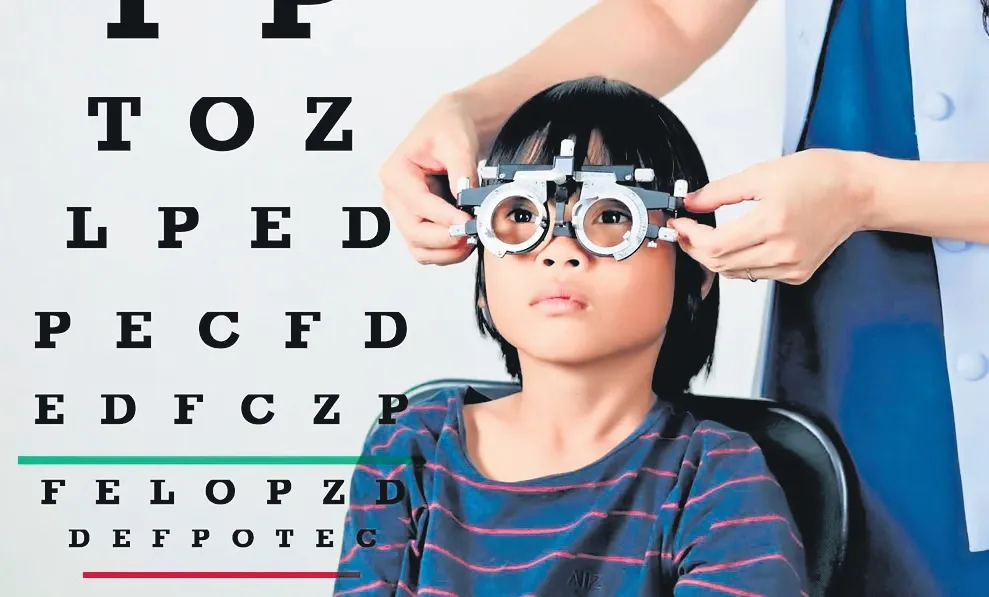World Sight Day and the Impact of Astigmatism on Children's Education

World Sight Day: Understanding Astigmatism's Impact
World Sight Day shines a light on the alarming statistics surrounding children's vision. In India, around 3.4 million children face educational challenges due to uncorrected refractive errors, including astigmatism. These vision problems hinder academic performance and affect their ability to engage effectively in class.
The Research Findings
With the release of the IAPB's study titled ‘Learning and Economic Productivity Losses from Uncorrected Refractive Error in Schools’, it is evident that a child with poor vision learns only half as much as their peers with corrected sight. Seva Foundation's chief economist, Brad Wong, indicates that providing glasses could allow Indian children to gain an astonishing 1.2 million schooling years.
Long-Term Economic Implications
According to the research, children wearing glasses from primary school can foresee up to Rs 4,83,000 additional lifetime earnings. Notably, consistent use of corrective lenses leads to a projected 55.6% increase in lifetime income compared to uncorrected vision. Such interventions could potentially boost India’s GDP significantly, enhancing the quality of life and opportunities for affected children.
The Path Forward
To secure a brighter future, initiatives must focus on early detection and provision of visual aids. As emphasized by IAPB CEO Peter Holland, addressing eye health is fundamental to unlocking potential for children.
This article was prepared using information from open sources in accordance with the principles of Ethical Policy. The editorial team is not responsible for absolute accuracy, as it relies on data from the sources referenced.